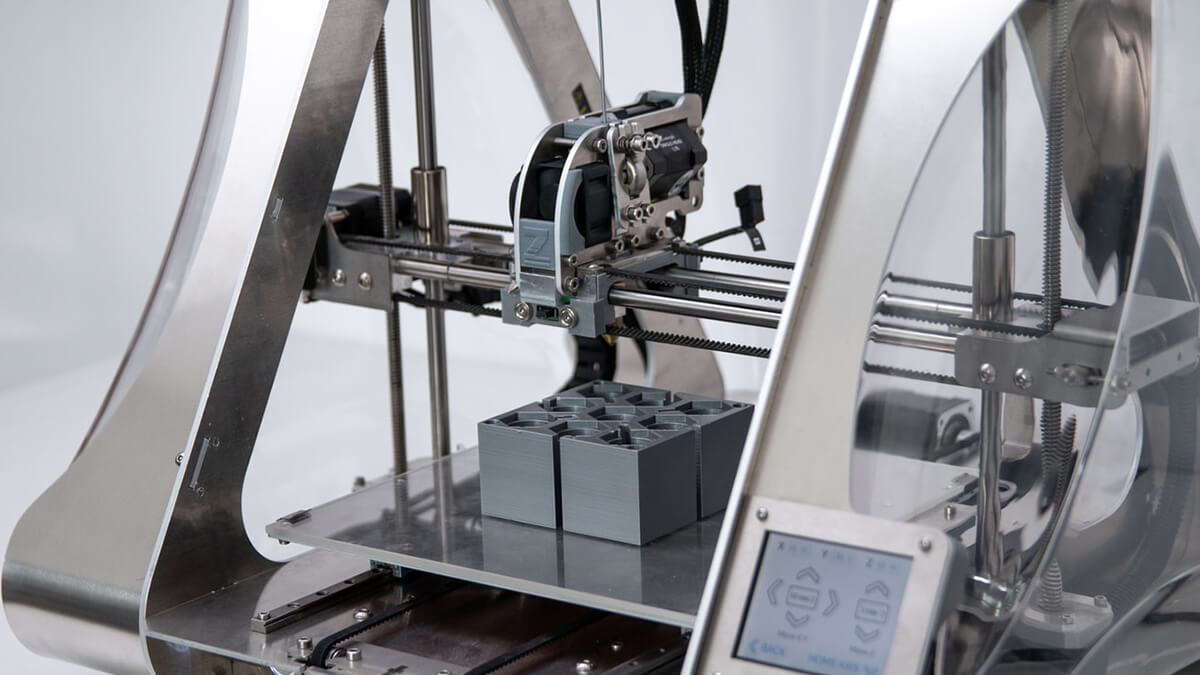The application of 3D printing technology in various industries can lead to new technological breakthroughs and improve production efficiency.
Learn about 3D printing technology
3D printing is a part of a process known as additive manufacturing in which a three-dimensional object is created by adding material layer by layer. Additive manufacturing technology allows designers to use the cost and time of standard methods for forging, molding and engraving to make complex parts for machines, airplanes, and automobiles. The convenience of a small desktop 3D printer also allows users or designers to make additive products at home and make a variety of 3D objects.
The first step in 3D printing is to create a blueprint of the object to be printed. You can use modeling software to create your own designs, or you can use the website to find 3D modeling. Once the design is complete, it can be sent to the 3D printer. Some 3D printers have removable bioplastic spools on the back of the device, just like a rope. When the printer receives the data, it pulls the material through a tube and melts the material, deposits it on the board, and then cools it immediately. 3D printing is created by layering, and the printer will add one layer at a time, slowly stacking out the entire structure.
3D printing technology is used in various industries:
The most common material used in 3D printing in plastic, using some other materials. 3D printing can create some simple tools and toys, but also more amazing products. For example, 3D printing technology is applied in the food industry, and 3D additive manufacturing can already make some complex shapes of snacks.
In the medical world, doctors are using 3D printing technology to test medical biomaterials, which can print small parts of the body, such as the ears and nose, and even transplant tests with 3D printing organs.
In China, 3D printing technology is used in buildings. China's large 3D printers can print more than a dozen houses a day, and 3D printing saves a lot of cost and time compared to the general construction process.













.jpg)
.jpg)